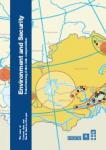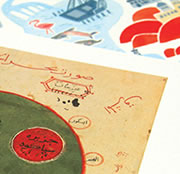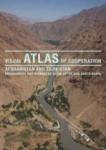 Zoï has contributed to UNECE water assessments and helped facilitate implementation of UNECE and United Nations conventions in Central Asia. Based on its previous work with Afghanistan, Zoï was invited to assist in the facilitation of the Afghan-Tajik cooperation process. In the development of this atlas, Zoï’s special talents for presenting environmental issues visually have been of particular value.
Zoï has contributed to UNECE water assessments and helped facilitate implementation of UNECE and United Nations conventions in Central Asia. Based on its previous work with Afghanistan, Zoï was invited to assist in the facilitation of the Afghan-Tajik cooperation process. In the development of this atlas, Zoï’s special talents for presenting environmental issues visually have been of particular value.
Economic development and natural resource management are top priorities for cooperation between the Islamic Republic of Afghanistan and the Republic of Tajikistan. For both countries the adequate knowledge and sharing of information about natural resources and hazards are important.
With 100 photos and 50 maps and graphics based on official sources and original research, this well-illustrated atlas presents information at the river basin – as opposed to the national – level, and portrays challenges from the regional rather than the country perspective. With the objective of supplementing information already available in each of the countries, the atlas is designed to help local policymakers and experts as well as readers outside the region, donors and the international community understand the basin’s natural resources, common needs and priorities. It starts with brief introductions to the countries, illustrates the Amu Darya River basin as a part of the Aral Sea basin and provides details on the Upper Amu Darya.

 Resource efficiency
Resource efficiency Disasters
Disasters Environmental governance
Environmental governance Harmful substances
Harmful substances Ecosystems management
Ecosystems management
 Global
Global Eastern Europe
Eastern Europe Caucasus
Caucasus Central Asia
Central Asia Balkans
Balkans Mediterranean
Mediterranean
 THINK!
THINK! TELL!
TELL! ACT!
ACT! TEACH!
TEACH!






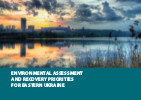
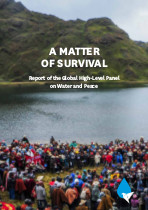
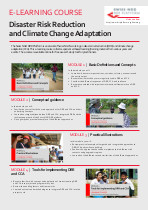


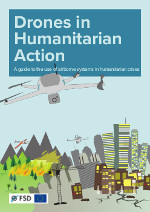
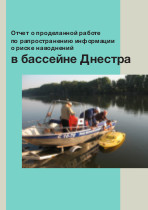

 These maps in Russian and Ukrainian display flood risks in the Dniester river delta and around Mohyliv-Podolskyi.
These maps in Russian and Ukrainian display flood risks in the Dniester river delta and around Mohyliv-Podolskyi. Russian-language maps created for the project "Environment and security in Belarus" – assessing and monitoring floods in the Pripyat river basin.
Russian-language maps created for the project "Environment and security in Belarus" – assessing and monitoring floods in the Pripyat river basin.


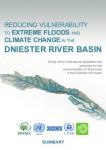
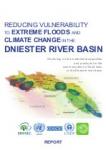


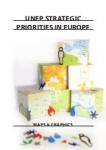
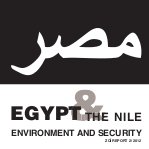

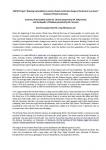
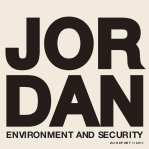
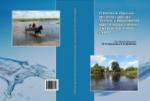
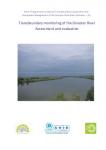
 The maps are JPG images in Russian ( large files):
The maps are JPG images in Russian ( large files):

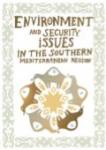
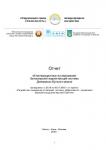


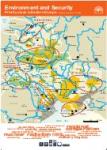
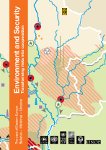
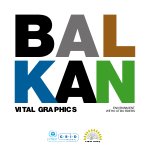
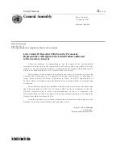

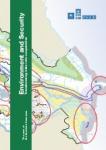
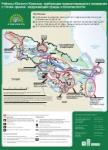 The text on this poster is in Russian.
The text on this poster is in Russian.